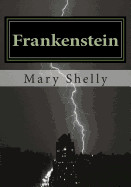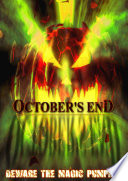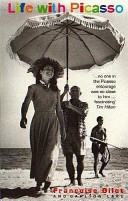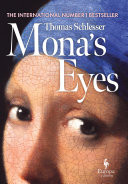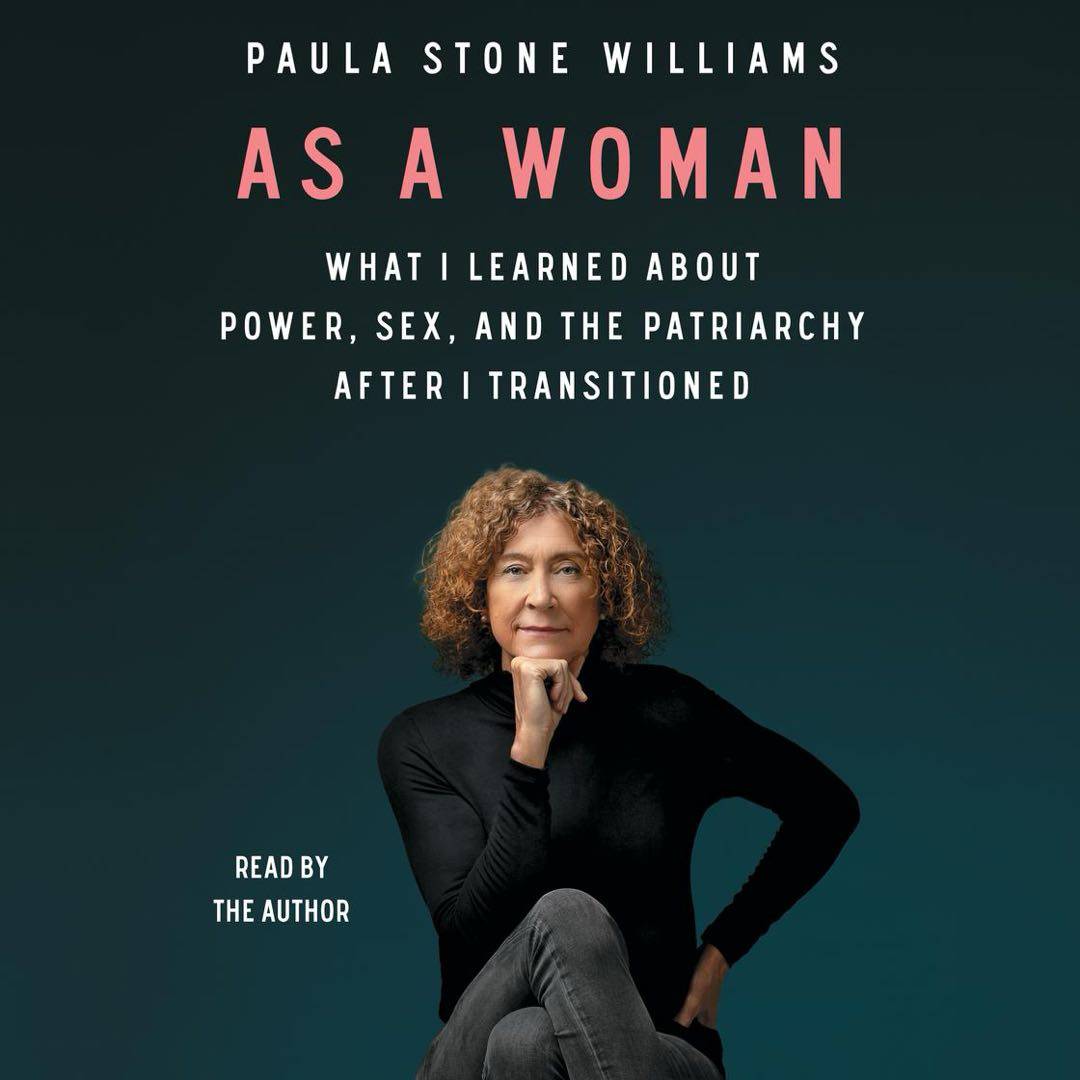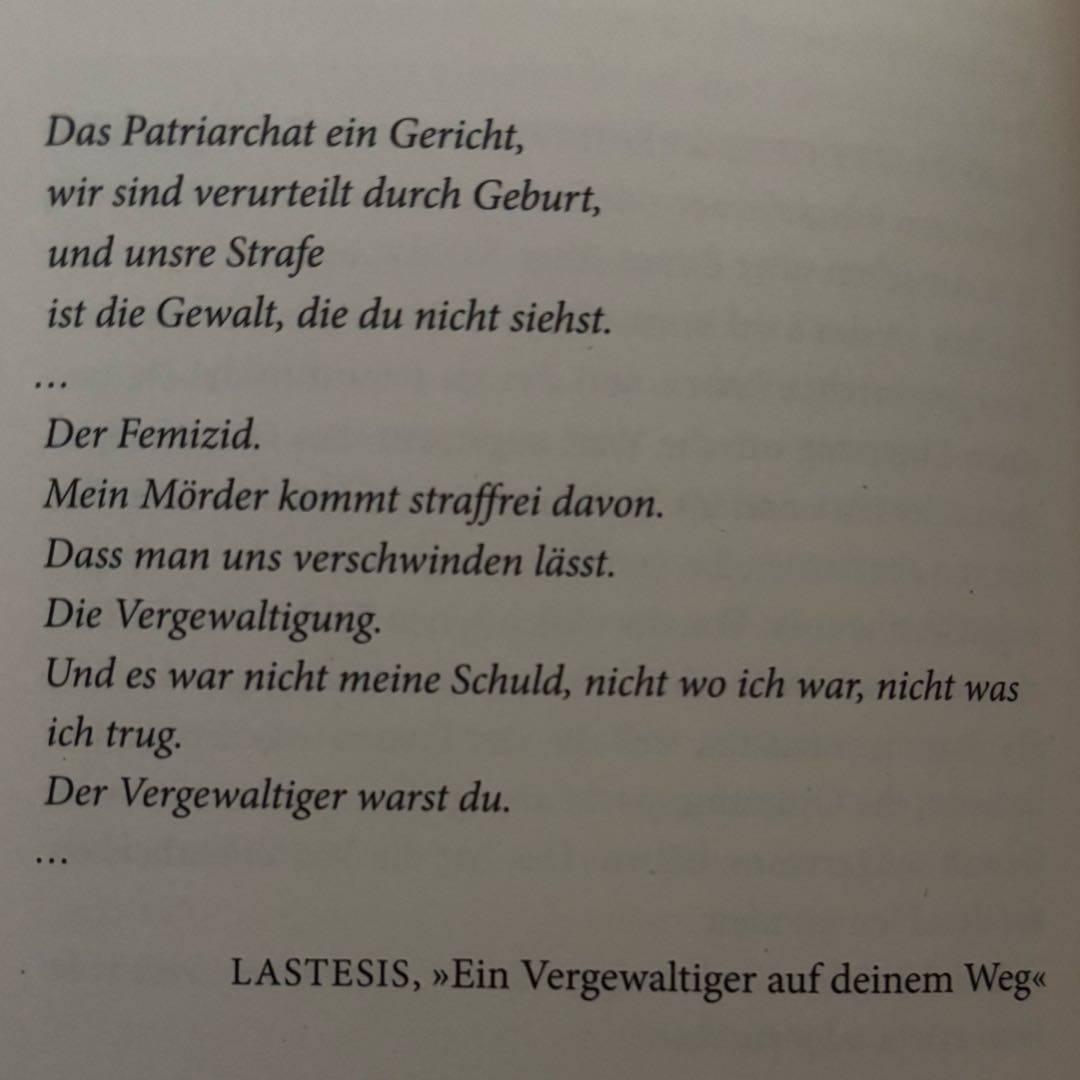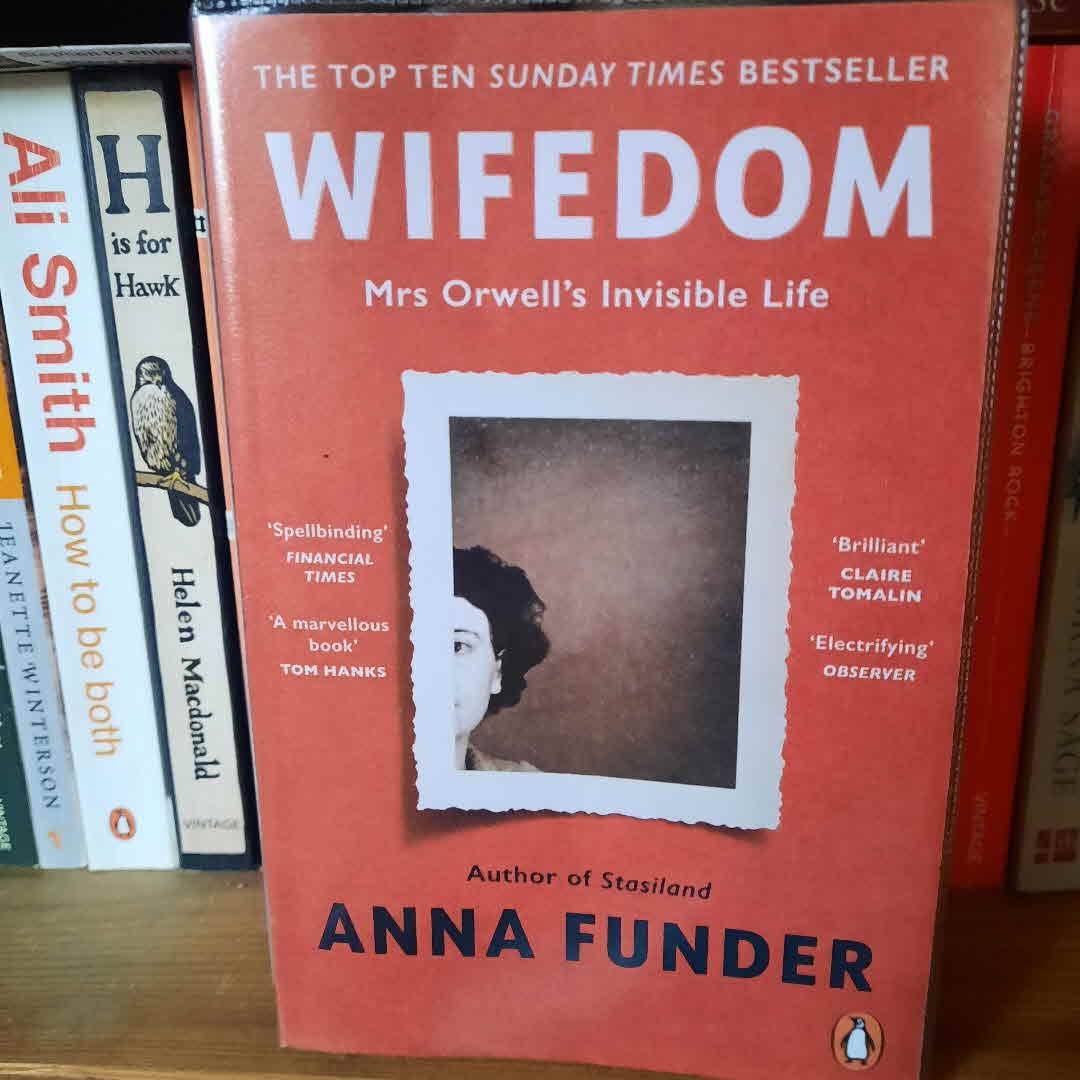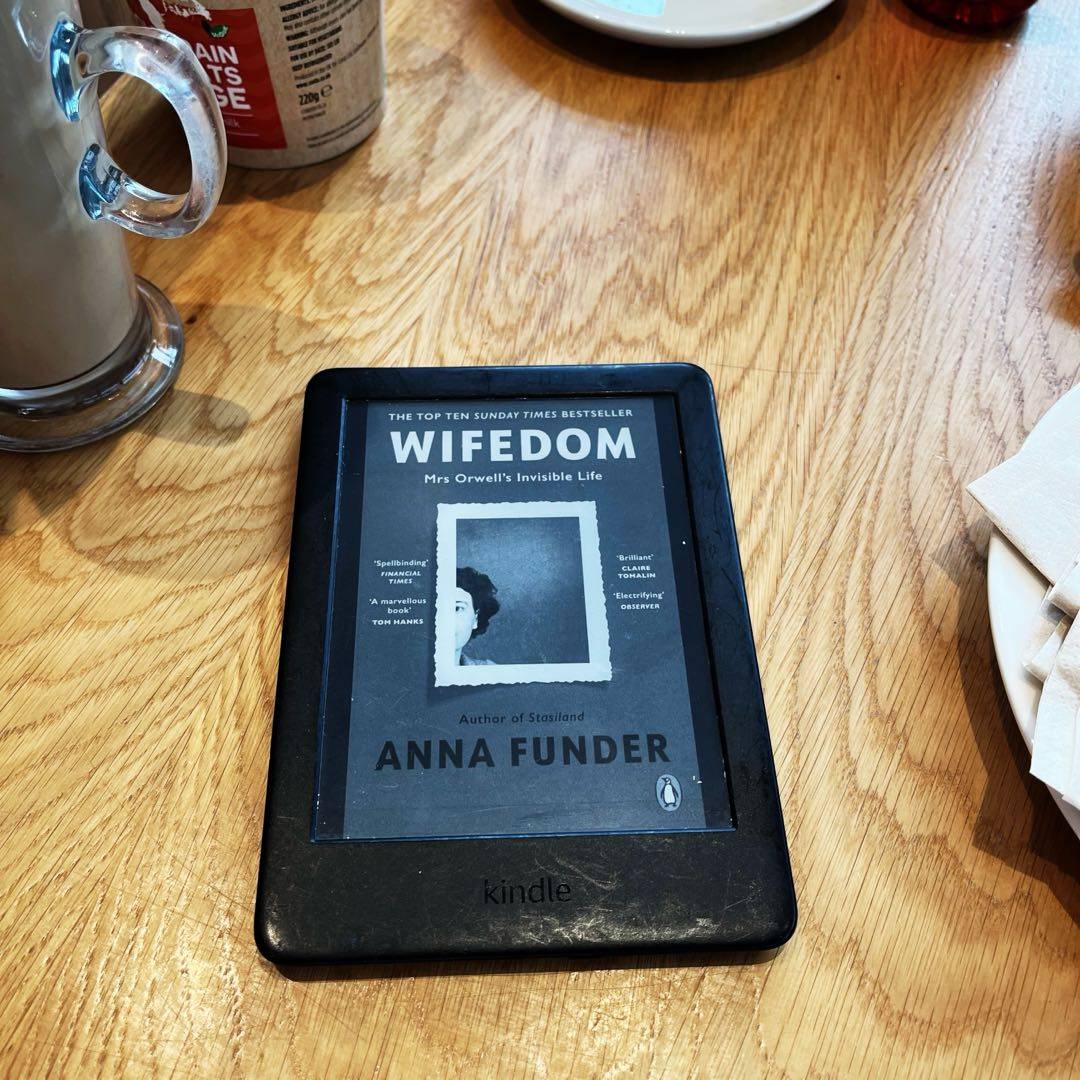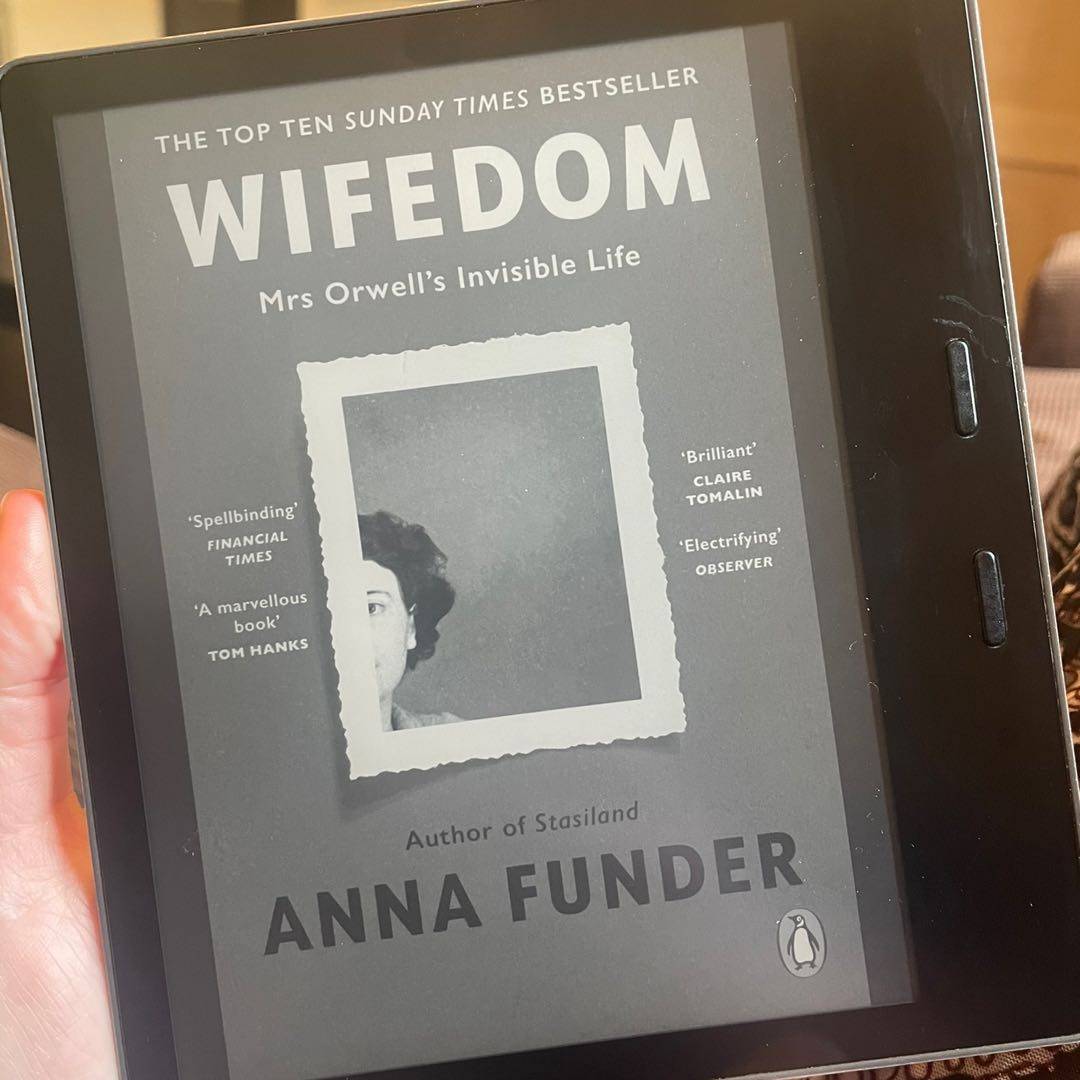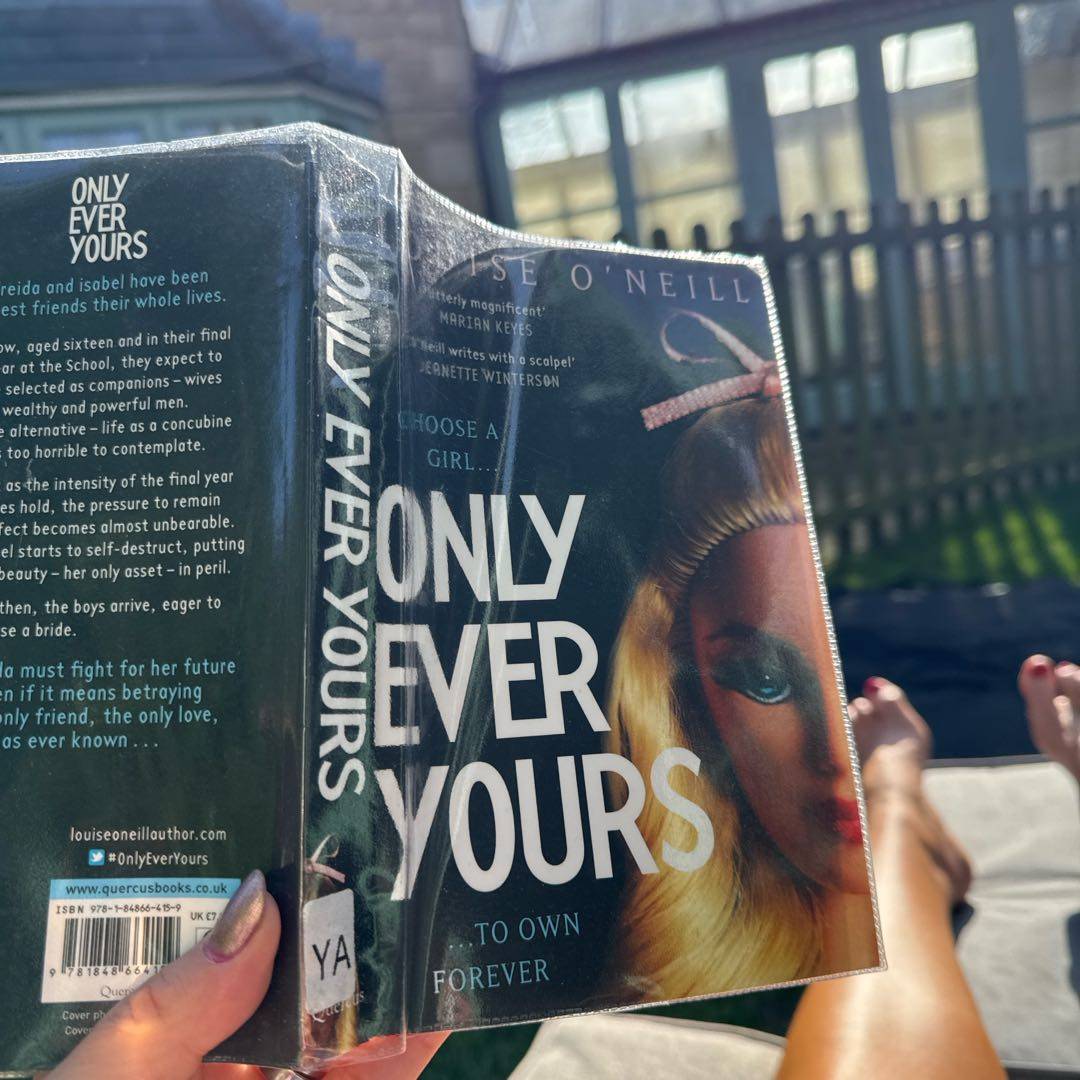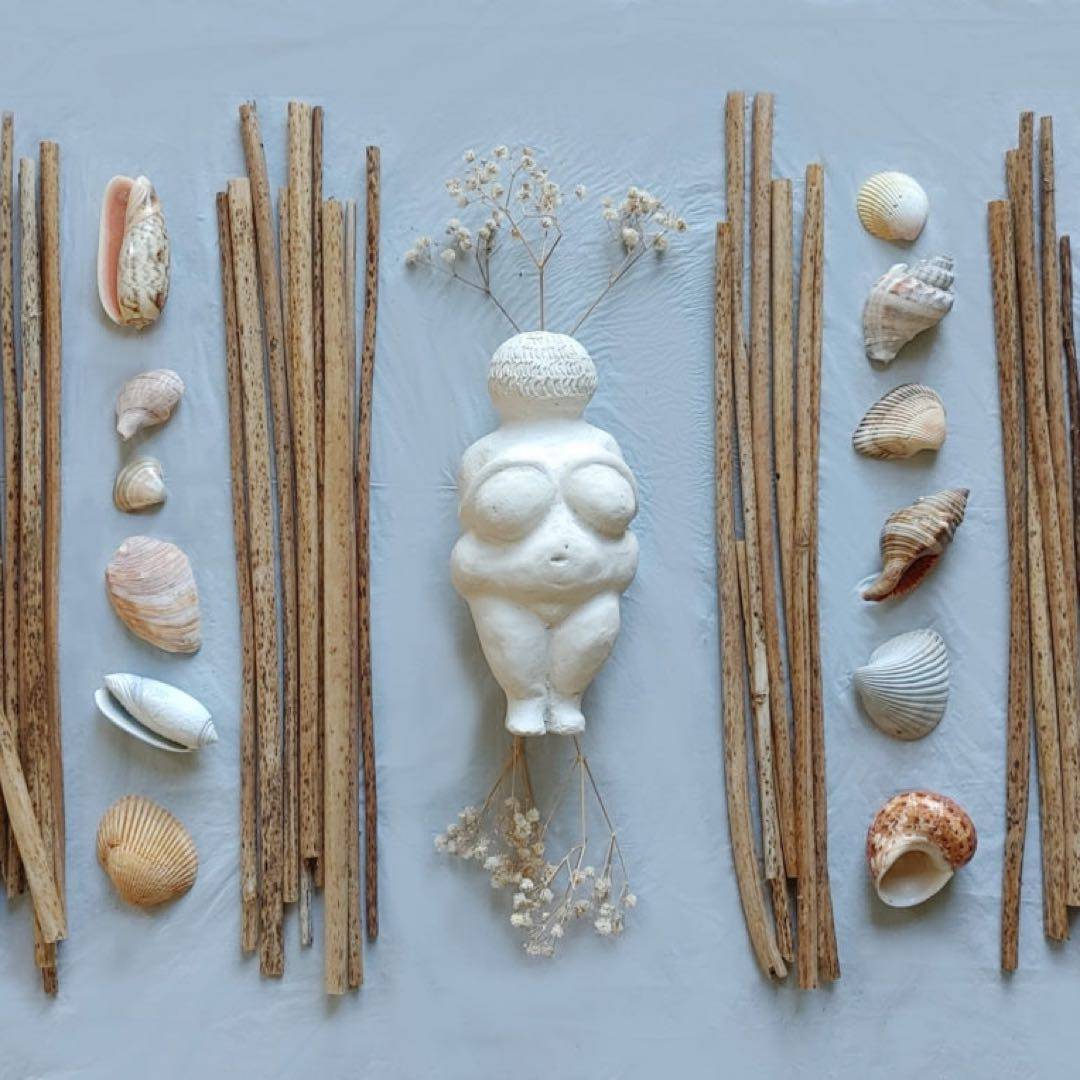
This book looks at the old matriarchal societies, differing greatly from the ones we live in today. Once, women ruled. They had many rights and were not only respected but looked to for guidance on the deepest matters of life. They played every role in a community. Today, we have fallen far from the relationship we once had with nature, the living worlds around us. The book examines the demonization of women and its parallels to the⬇️







